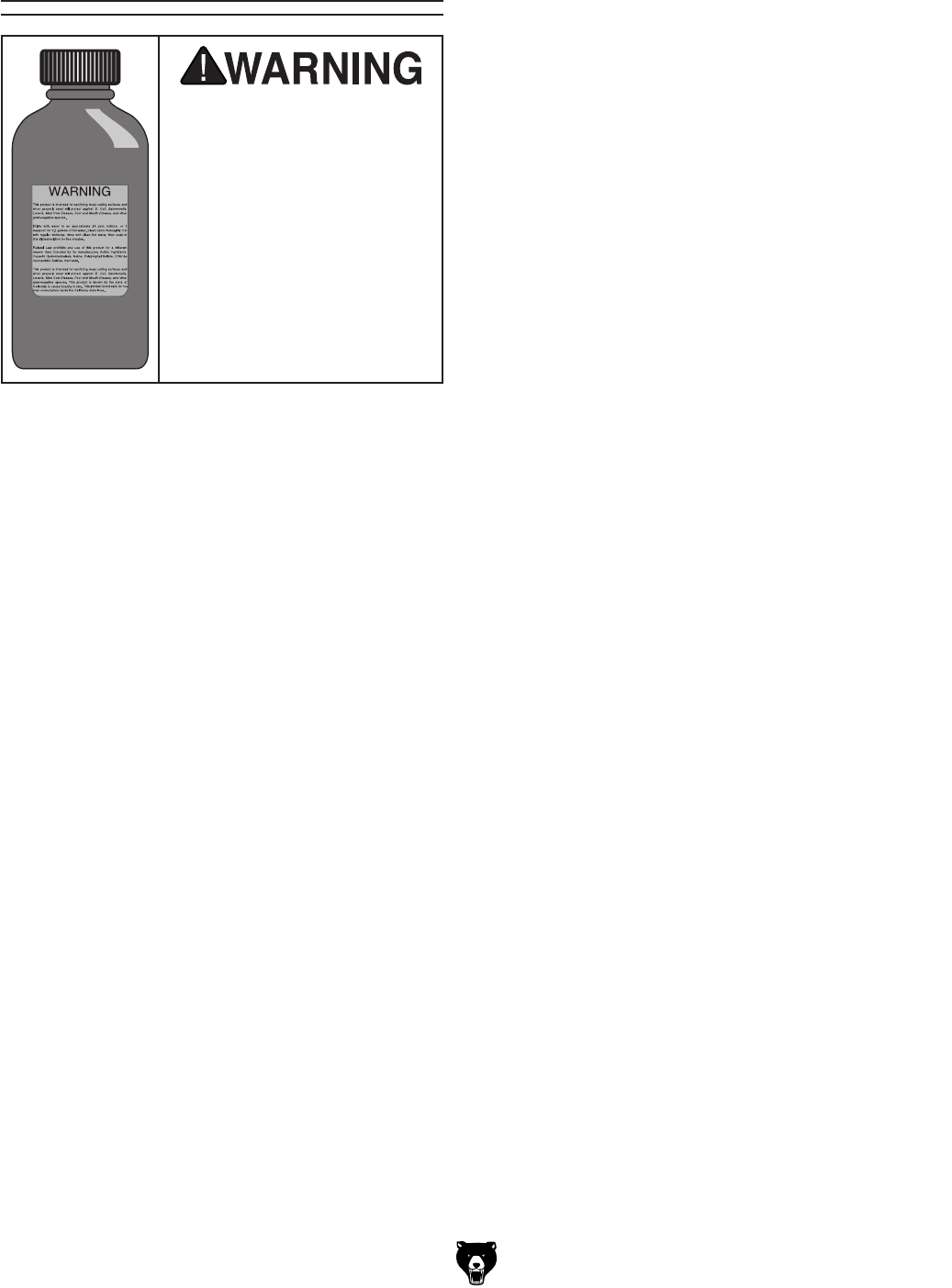
Model G0770 (Mfd Since 11/13)
-19-
When using sanitizers,
always follow the recom-
mendations on the manu-
facturer’s label, and make
sure that the product will
do the job for which you
intend. Never use a prod-
uct that will cause exposed
surfaces to render meat
unsafe for human con-
sumption and cause illness
or death.
Proper Sanitation
All surfaces of the saw that are exposed to the
cutting process must be properly cleaned and
sanitized. Cleaning the food debris and residue
away is only half of the process. These surfaces
must now be disinfected with solutions that will
remove bacteria and other micro-organisms.
Some sanitizers require direct applications, while
others are designed to be diluted in water and
used to soak the item for a specified period of
time. The best method for choosing a chemical
sanitizer is to do the research and determine
which product is best for your particular situation.
One simple sanitizer that can be used for many
applications is regular bleach.
Note: Do not use bleach that contains odor-
masking agents or surfactants. These chemicals
have not been proven effective for this type of
sanitation.
To use bleach as a sanitizer, scrub a sink com-
partment with hot, soapy water, then rinse it clear.
Fill the sink with one tablespoon of bleach per
gallon of COOL water.
For removable parts, submerge each item for two
minutes. For larger surfaces, use a clean cloth
and the bleach solution to wipe down these sur-
faces for two minutes. Allow to air dry—DO NOT
rinse these items after sanitation!
If porous surfaces, such as wood, are used in the
cutting process, clean as previously described,
then soak for two minutes in a solution of three
tablespoons of bleach to one gallon of COOL
water. Rinse these items thoroughly after sani-
tation!


















